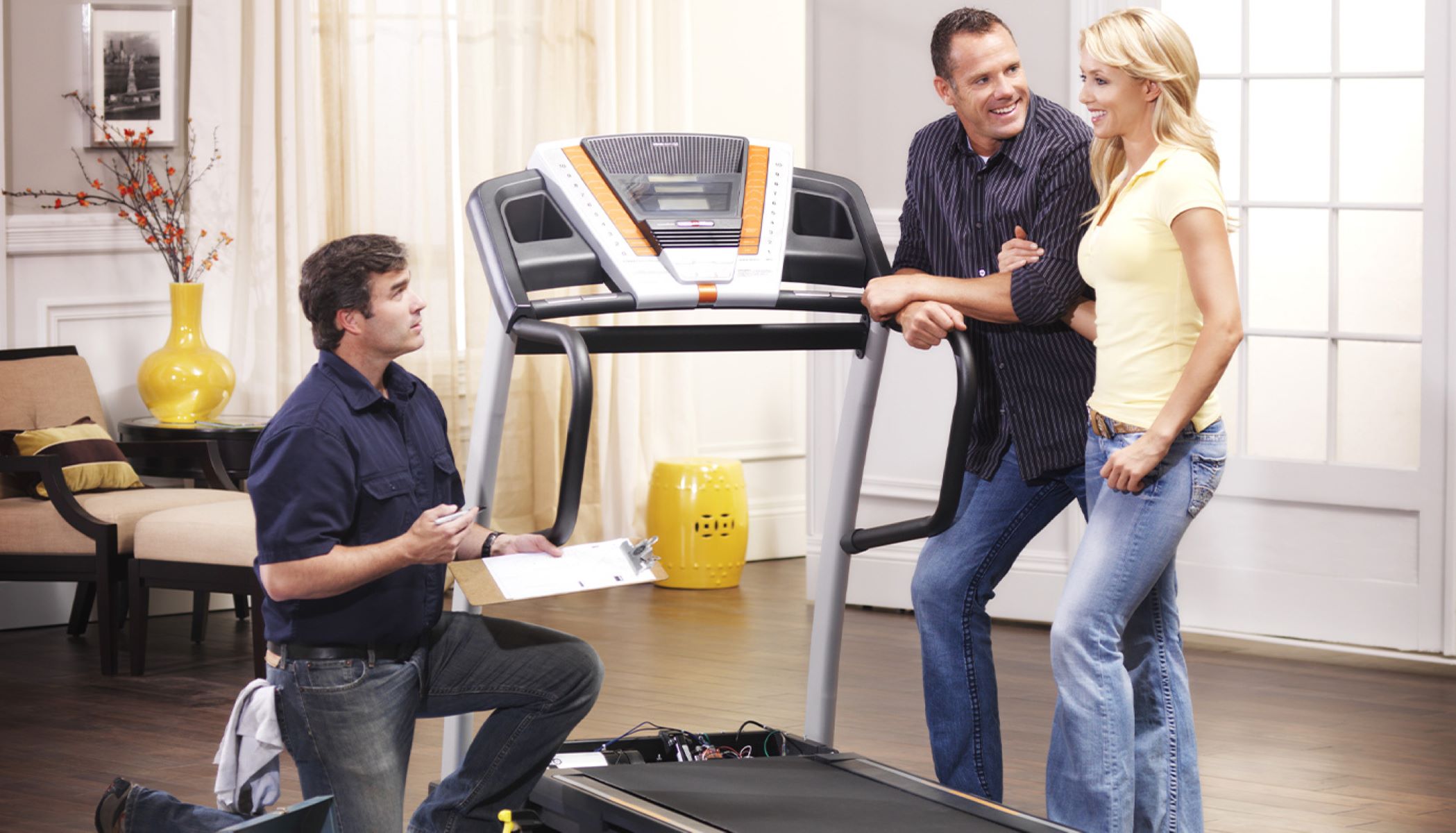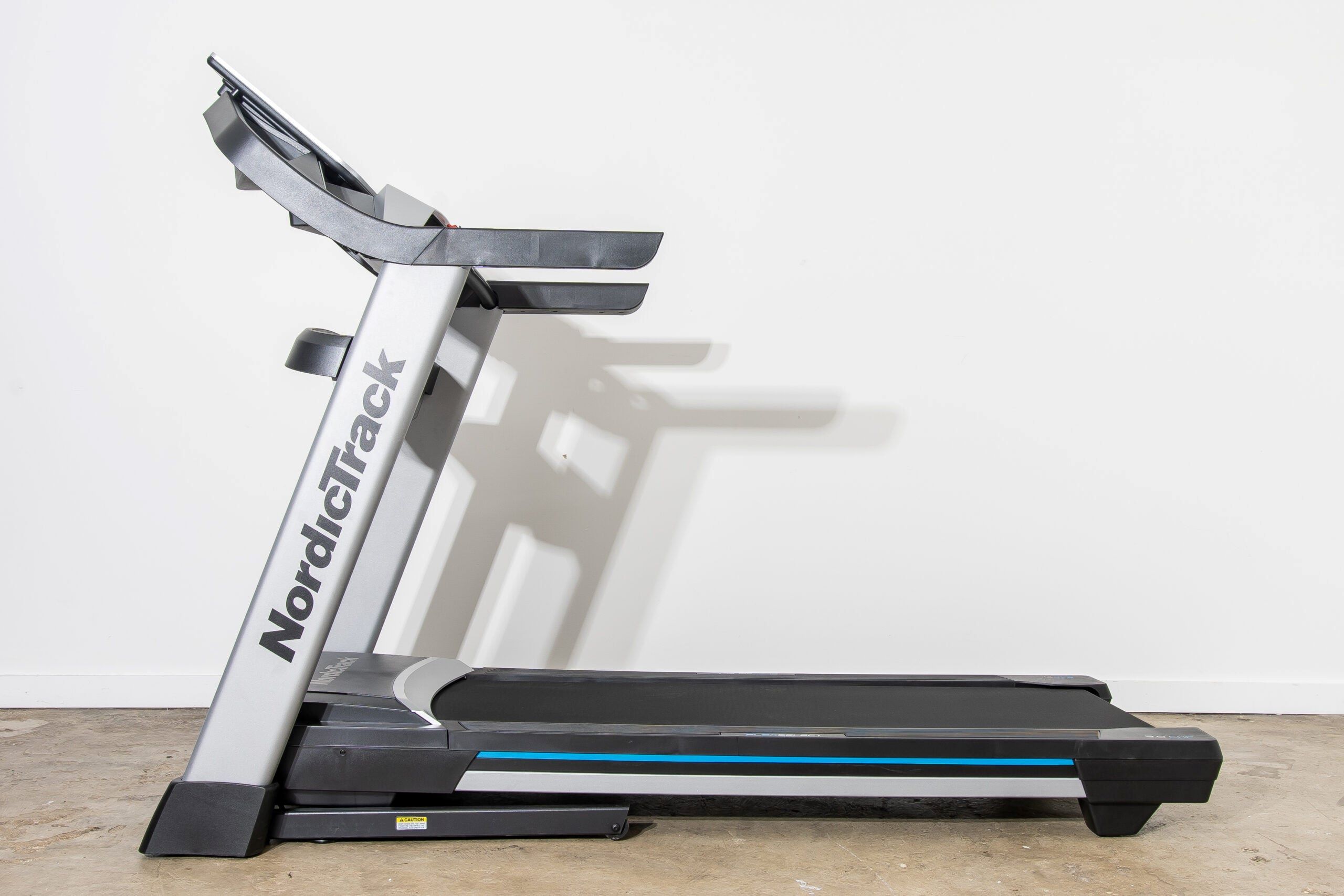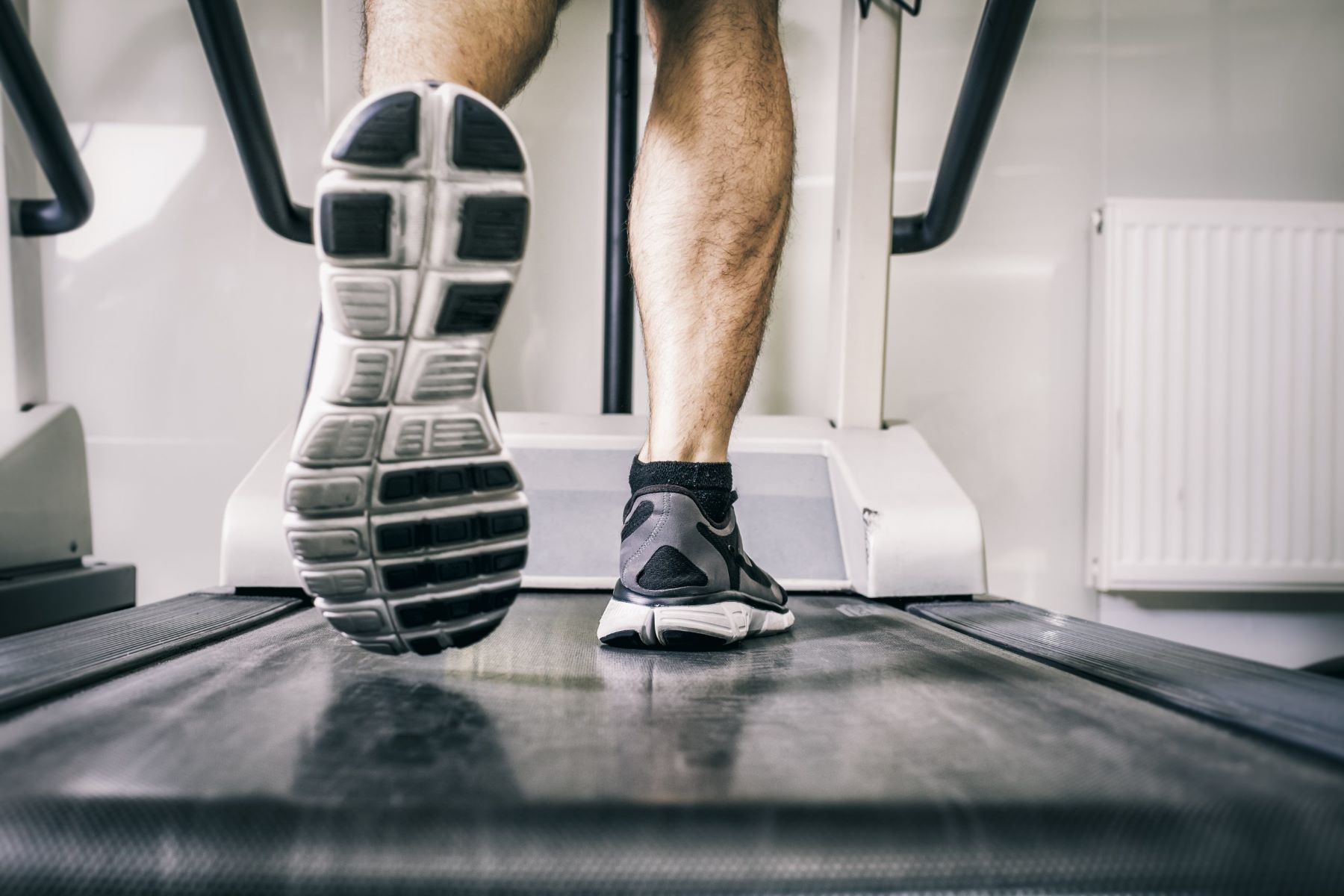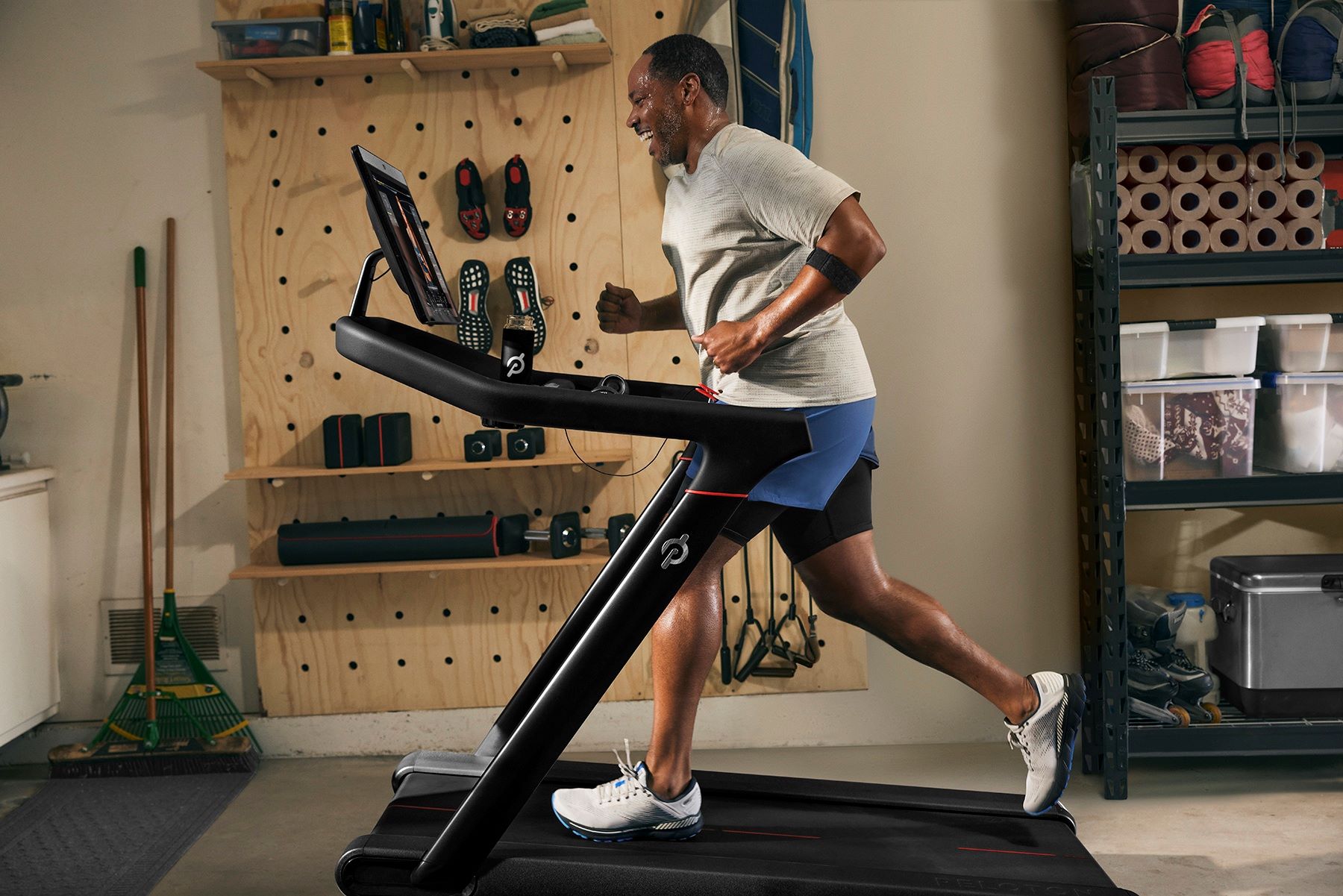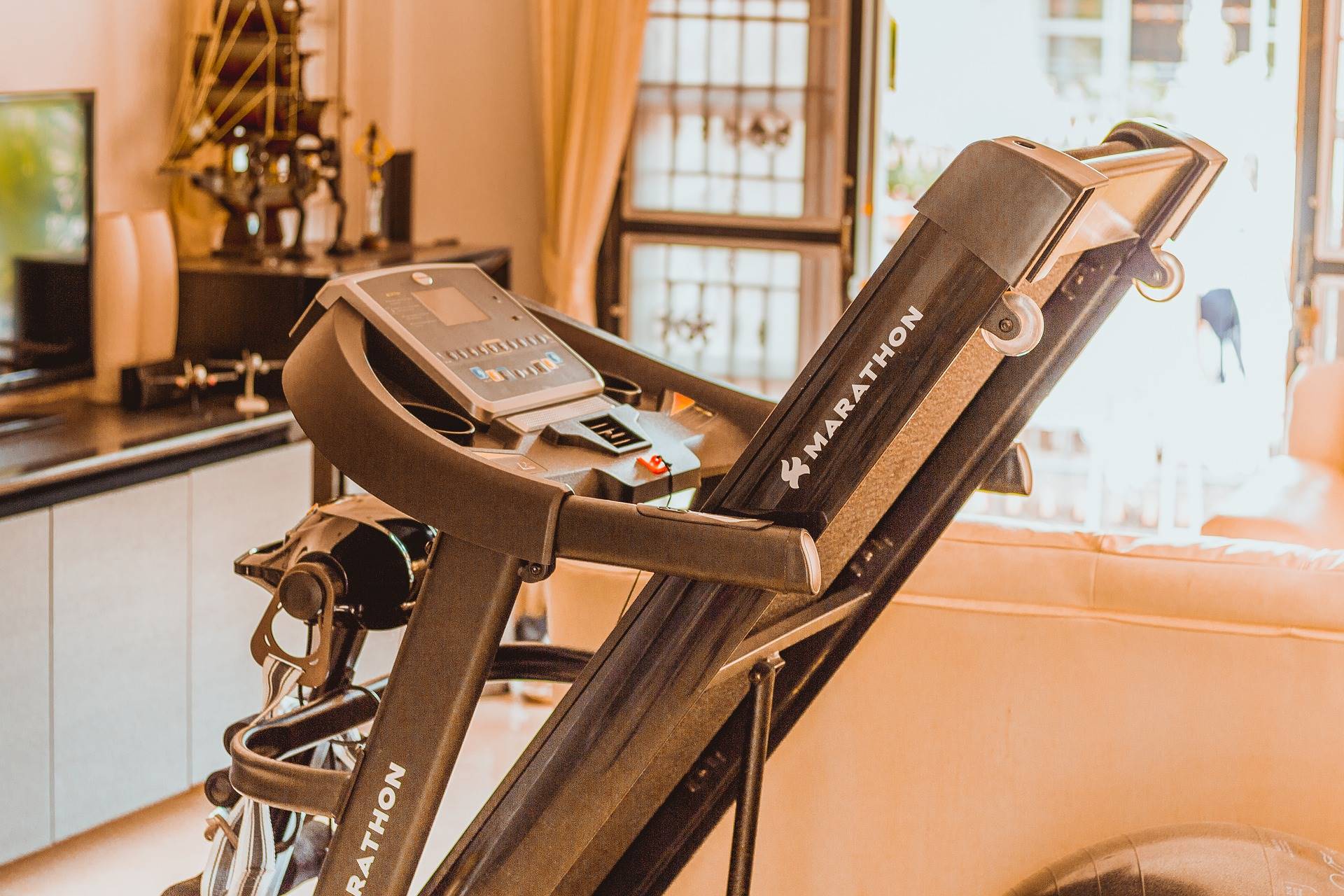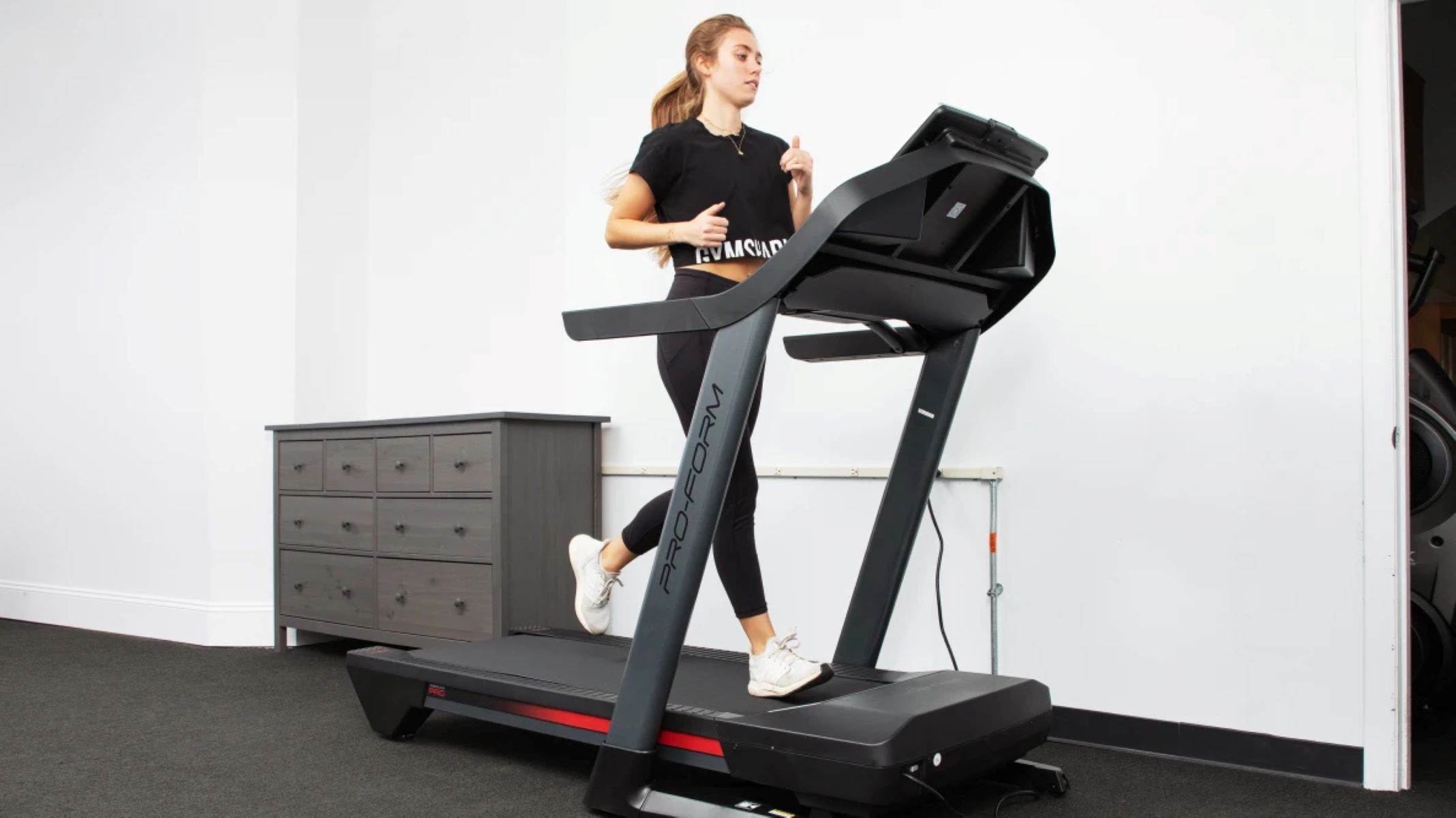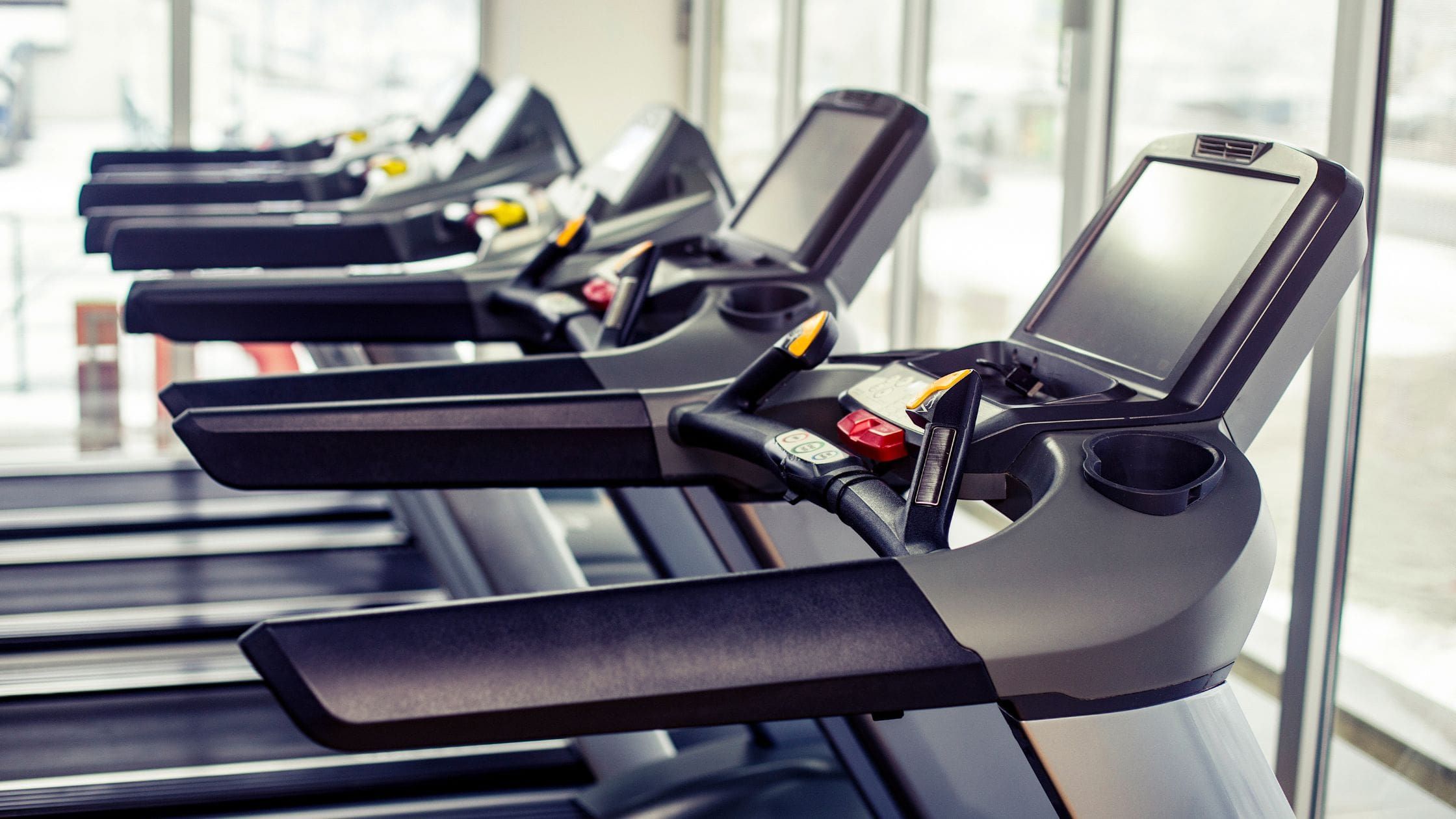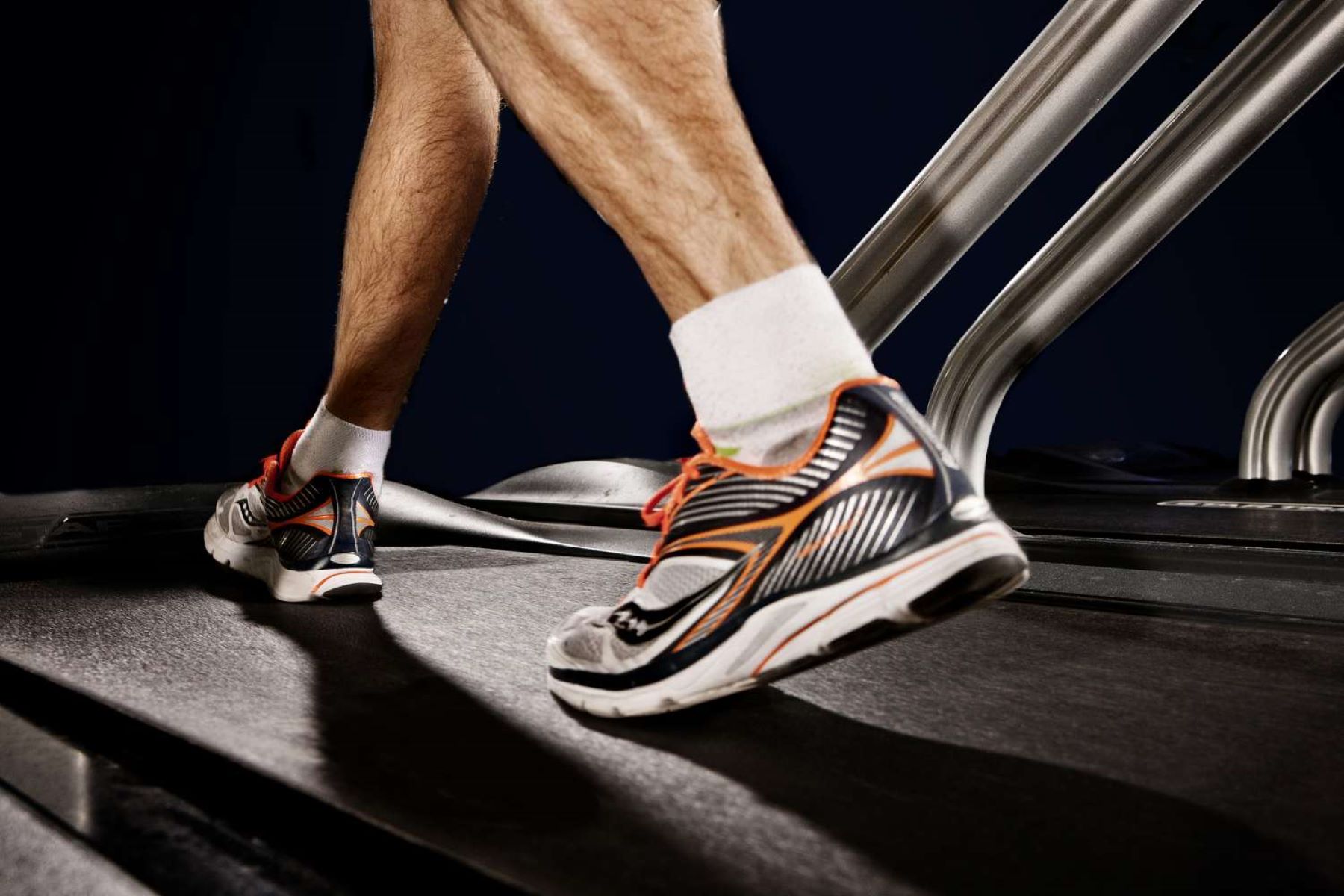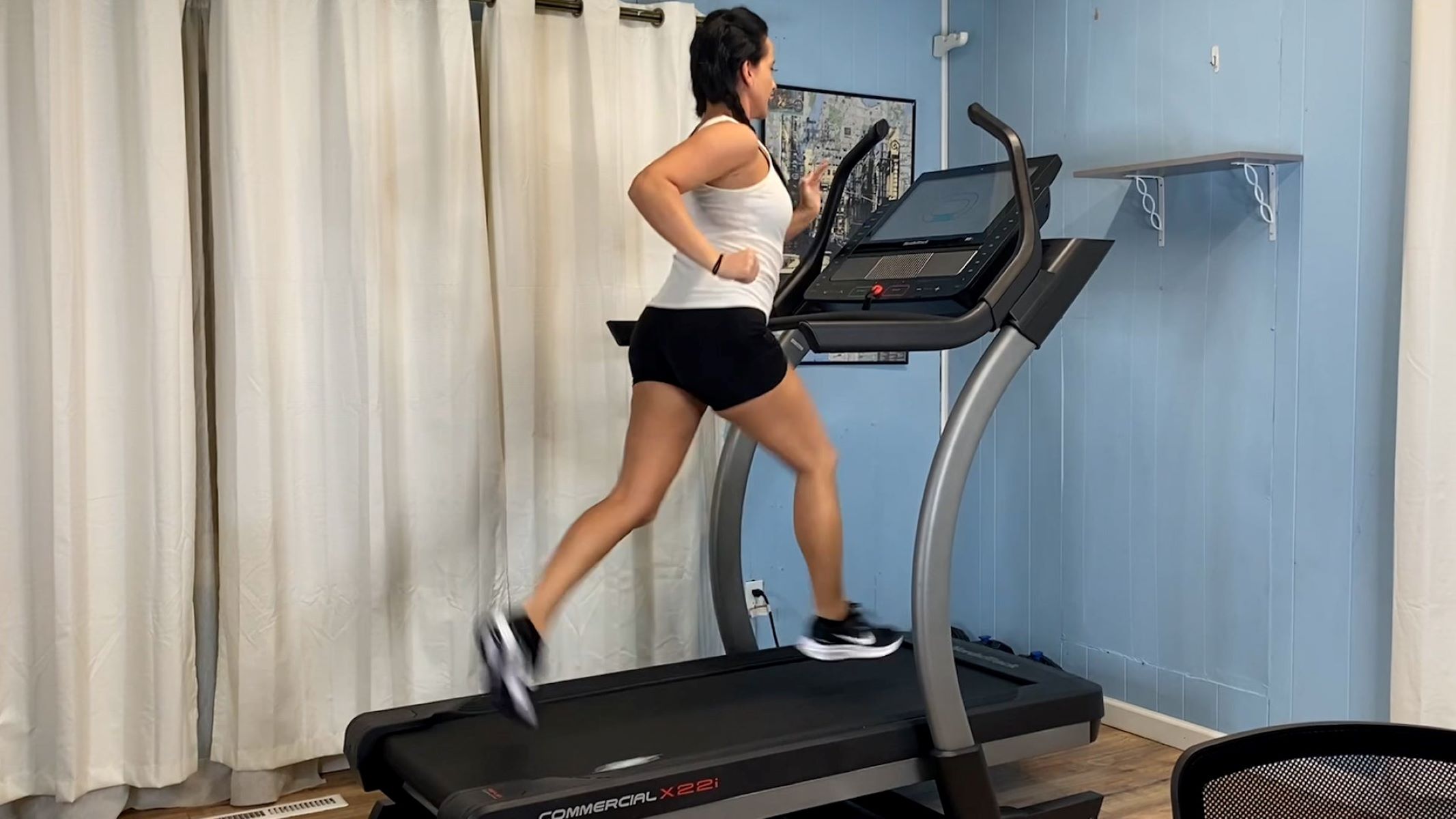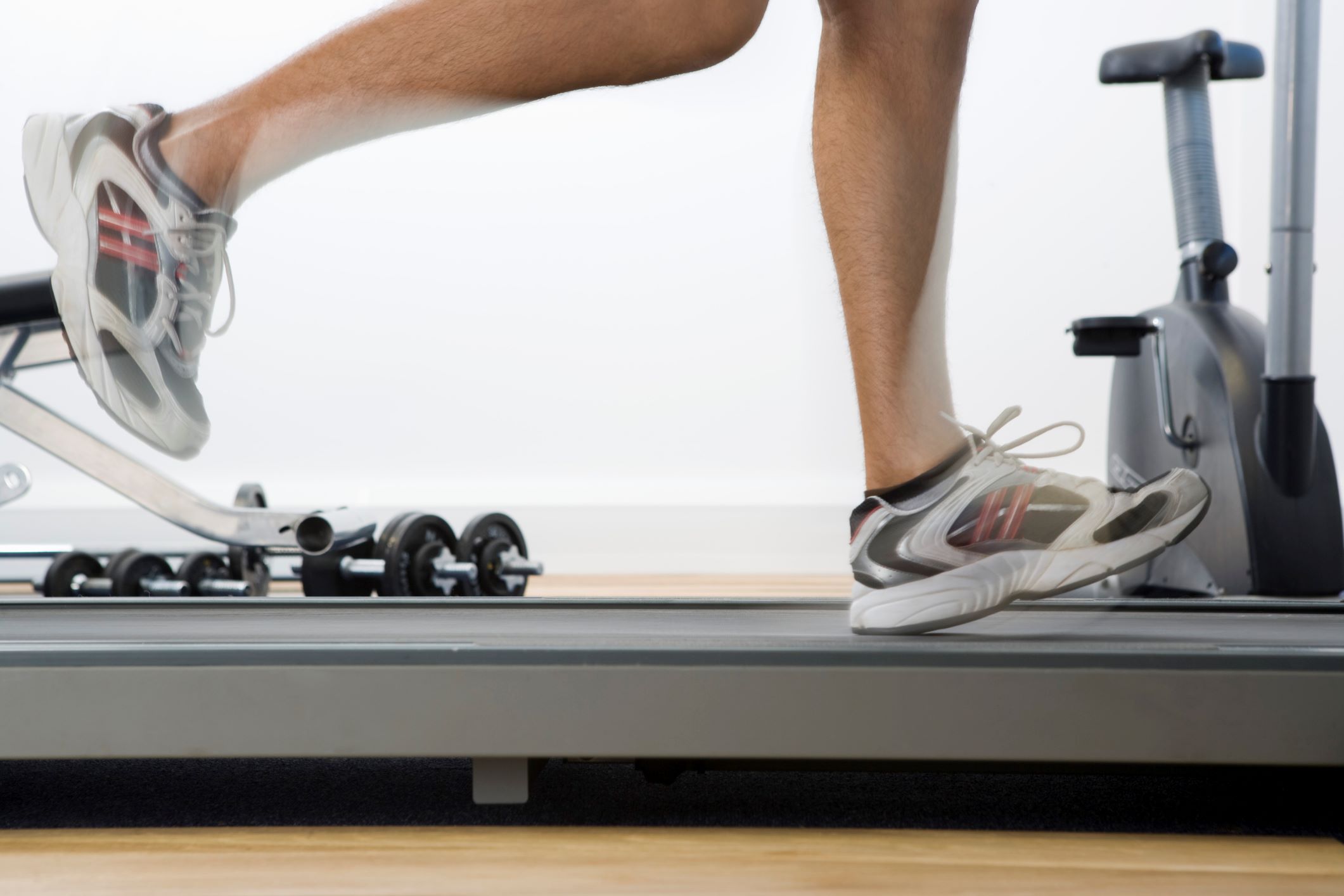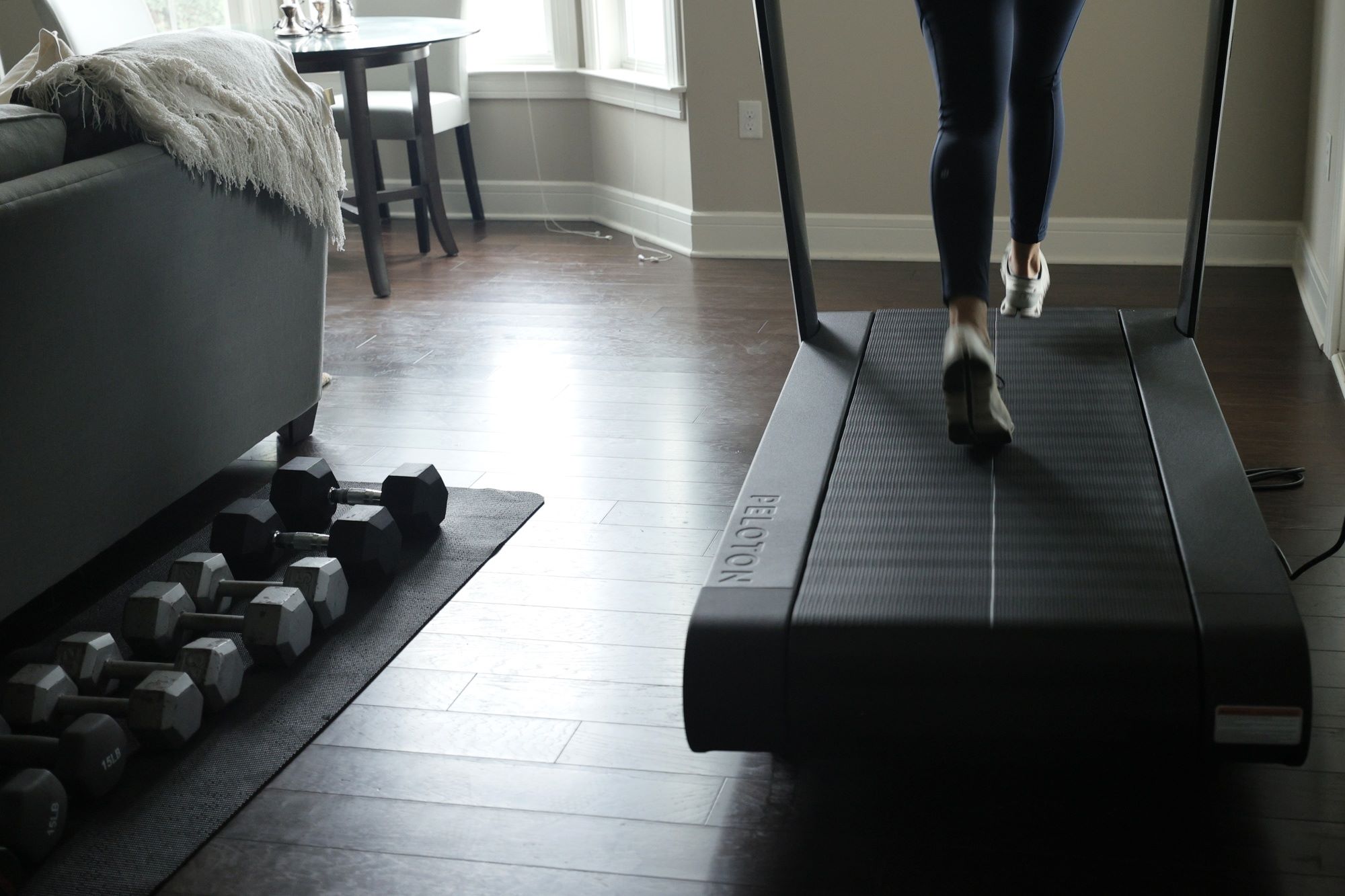

Featured
Who Can Fix A Treadmill
Modified: August 19, 2023
Discover featured experts who can fix your treadmill. Get expert help and reliable service to keep your treadmill running smoothly.
Introduction
Welcome to the world of fitness and exercise! If you’re a fitness enthusiast or someone looking to stay in shape, chances are you’ve encountered a common problem when it comes to treadmills – they break down. Treadmills, just like any other electronic device, can experience malfunctions or wear and tear over time.
When your treadmill is not functioning properly, it can be frustrating and disrupt your fitness routine. But fear not, as there are solutions available to get your treadmill back up and running smoothly. In this article, we will explore common treadmill issues, discuss how to find the right professional, provide do-it-yourself (DIY) fixes, and highlight important safety considerations.
Whether you’re a seasoned treadmill user or a newbie looking to purchase your first one, this guide will equip you with the knowledge you need to keep your treadmill in optimal condition. So let’s dive in and explore the world of treadmill maintenance and repair!
Common Treadmill Issues
As with any electronic device, treadmills can experience a variety of issues. Understanding these common problems can help you identify and address them effectively. Here are some of the most frequently encountered treadmill issues:
- Motor Malfunctions: One of the most common treadmill problems involves the motor. If you notice your treadmill suddenly stops during use or struggles to start, the motor may be overheating or failing. This can be caused by a lack of lubrication, worn-out motor brushes, or faulty wiring.
- Belt Slippage: A loose or slipping treadmill belt can be a major annoyance. If you step on the treadmill and the belt shifts or skids, it can hinder your workout and pose a safety risk. Belt slippage is often a result of improper tension or insufficient lubrication.
- Elevation Issues: Many treadmills offer incline or decline settings to simulate varied terrains. If your treadmill is not adjusting the incline properly or gets stuck in one position, there may be a problem with the elevation mechanism. This can be caused by a faulty motor or sensors.
- Console Problems: The console of your treadmill controls various functions, such as speed, incline, and workout programs. If you experience issues with the console display, buttons not responding, or incorrect readings, it could indicate a problem with the console’s circuitry or wiring.
- Noise and Vibration: Unusual noises or excessive vibration during treadmill operation can be bothersome and indicate underlying issues. Loose or worn-out parts, misaligned belts, or a damaged deck can contribute to noise and vibration problems.
It’s important to note that the complexity of these issues can vary depending on the make and model of your treadmill. Some problems can be fixed easily with basic troubleshooting, while others may require professional assistance. Next, we’ll discuss how to find the right professional to address your treadmill problems.
Finding the Right Professional
When it comes to resolving complex treadmill issues or tackling repairs beyond your comfort zone, seeking the help of a qualified professional is often the best route to take. Here are some key factors to consider when finding the right professional for your treadmill needs:
- Experience and Expertise: Look for professionals who have extensive experience working with treadmills. They should be knowledgeable about various treadmill brands and models, as well as common issues and their respective solutions. Check online reviews or ask for recommendations from friends or fitness enthusiasts.
- Certifications and Credentials: Ensure that the professional you choose is certified and has the necessary credentials to repair treadmills. Look for certifications from organizations such as the Fitness Manufacturers Association (FMA) or the International Fitness Equipment Association (IFEA).
- Availability and Response Time: It’s important to find a professional who is readily available and can respond to your inquiries or service requests in a timely manner. Check their working hours, response times, and whether they offer emergency repair services.
- Service and Warranty: Inquire about the services offered by the professional. Do they provide on-site repairs or do you need to bring your treadmill to their shop? Additionally, ask about any warranties or guarantees on the repair work they perform. A reputable professional should stand behind their work.
- Pricing: Get a clear understanding of the pricing structure for the services offered by the professional. Ask for a detailed estimate before proceeding with any repairs. It’s also recommended to compare quotes from different professionals to ensure you’re getting competitive pricing.
Remember to communicate your specific treadmill problem and ask the professional any questions you may have about their expertise and approach to repairing treadmills. Building a rapport with a reliable professional can lead to a long-term partnership in maintaining the health and longevity of your treadmill.
DIY Treadmill Fixes
While some treadmill issues require the expertise of a professional, there are certain problems that you can attempt to fix yourself. Here are several DIY treadmill fixes that you can try before seeking professional help:
- Lubricate the Belt: A common cause of belt slippage is inadequate lubrication. Refer to your treadmill’s manual to determine the recommended lubricant and the proper method of application. Regularly lubricating the belt can help reduce friction and prevent belt slippage.
- Tighten or Adjust the Belt Tension: If the treadmill belt is loose or slipping, you may need to adjust the tension. Most treadmills have an adjustment screw located at the rear end of the deck. Consult your manual for instructions on how to tighten or adjust the belt tension properly.
- Calibrate the Speed and Incline: If you notice discrepancies in the speed or incline readings of your treadmill, it may need calibration. Consult your manual for specific instructions on how to calibrate these settings. Calibration can improve the accuracy of your workout metrics.
- Inspect and Tighten Bolts and Screws: Over time, the vibrations and movements of the treadmill can cause bolts and screws to come loose. Regularly inspect and tighten any loose bolts or screws to ensure the stability and safety of your treadmill.
- Clean and Dust the Treadmill: A buildup of dirt, dust, and debris can hinder the smooth operation of your treadmill. Regularly clean the belt, deck, and console using a soft cloth or mild cleaning solution. Be sure to unplug the treadmill and follow proper safety guidelines.
It’s important to note that not all treadmill issues can be fixed with DIY methods. If you’re unsure about any repairs or if the problem persists after attempting DIY fixes, it’s best to seek professional assistance to avoid further damage. Safety should always be a priority when attempting any repairs on your treadmill.
Safety Considerations
When dealing with treadmill repairs or maintenance, it is essential to prioritize safety to prevent accidents or injuries. Here are some important safety considerations to keep in mind:
- Unplug Before Starting: Before performing any maintenance or repairs on your treadmill, always disconnect the power cord from the outlet to avoid electrical shocks or accidents.
- Refer to the Manual: Familiarize yourself with the manufacturer’s instructions and guidelines provided in the treadmill’s manual. The manual will contain important safety information specific to your treadmill model.
- Wear Proper Attire: When working on your treadmill, wear appropriate clothing and footwear. Avoid loose-fitting clothing, as it can get caught in moving parts, and wear athletic shoes for better grip and support.
- Use Tools Properly: If you need to use tools for your treadmill repairs, make sure you use them correctly and safely. Follow the instructions provided with the tools and exercise caution while handling sharp or heavy objects.
- Avoid Treadmill Use During Repairs: While performing repairs or maintenance, do not attempt to use the treadmill. Keep it unplugged and clearly communicate to others in the household that it should not be used until the repairs are complete.
- Consult a Professional: If you feel uncomfortable or unsure about any repairs, it’s always best to consult a qualified professional. They have the experience and expertise to handle complex repairs and ensure your safety.
- Regular Maintenance: A well-maintained treadmill is less likely to pose safety risks. Follow the manufacturer’s recommendations for regular maintenance, such as lubricating the belt or tightening bolts, to keep your treadmill in optimal condition.
Remember, your safety and the safety of others should always be a top priority. If you encounter any issues that you are unsure how to handle or if you have concerns about the safety of your treadmill, it’s best to contact a professional for assistance.
Conclusion
Treadmill issues can be frustrating, but with the right approach, you can overcome them and continue enjoying your fitness routine. By understanding common treadmill problems, finding the right professional when needed, attempting DIY fixes, and prioritizing safety, you can keep your treadmill in optimal condition and prolong its lifespan.
Remember, when encountering complex issues or if you’re unsure about any repairs, it’s always best to seek the help of a qualified professional who has the experience and expertise to address the problem effectively. They can provide the necessary solutions and ensure the safety of both you and your treadmill.
Additionally, by taking preventive measures and performing regular maintenance, such as lubricating the belt, inspecting and tightening bolts, and keeping your treadmill clean, you can minimize the likelihood of encountering major issues in the future.
So, whether you’re an avid treadmill user or a beginner just starting your fitness journey, don’t let treadmill issues hinder your progress. Take the necessary steps to keep your treadmill running smoothly and continue on your path to a healthier lifestyle.
